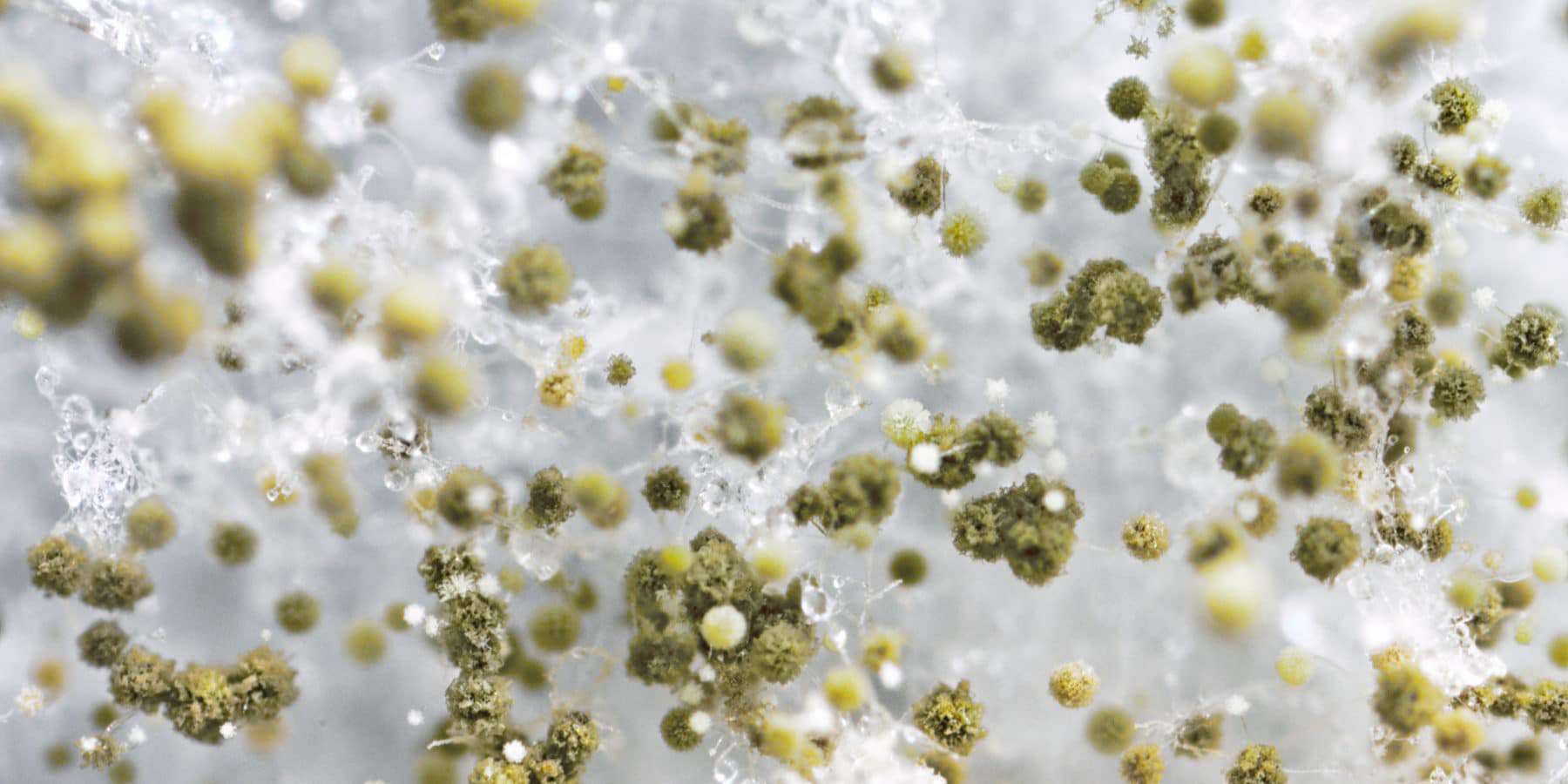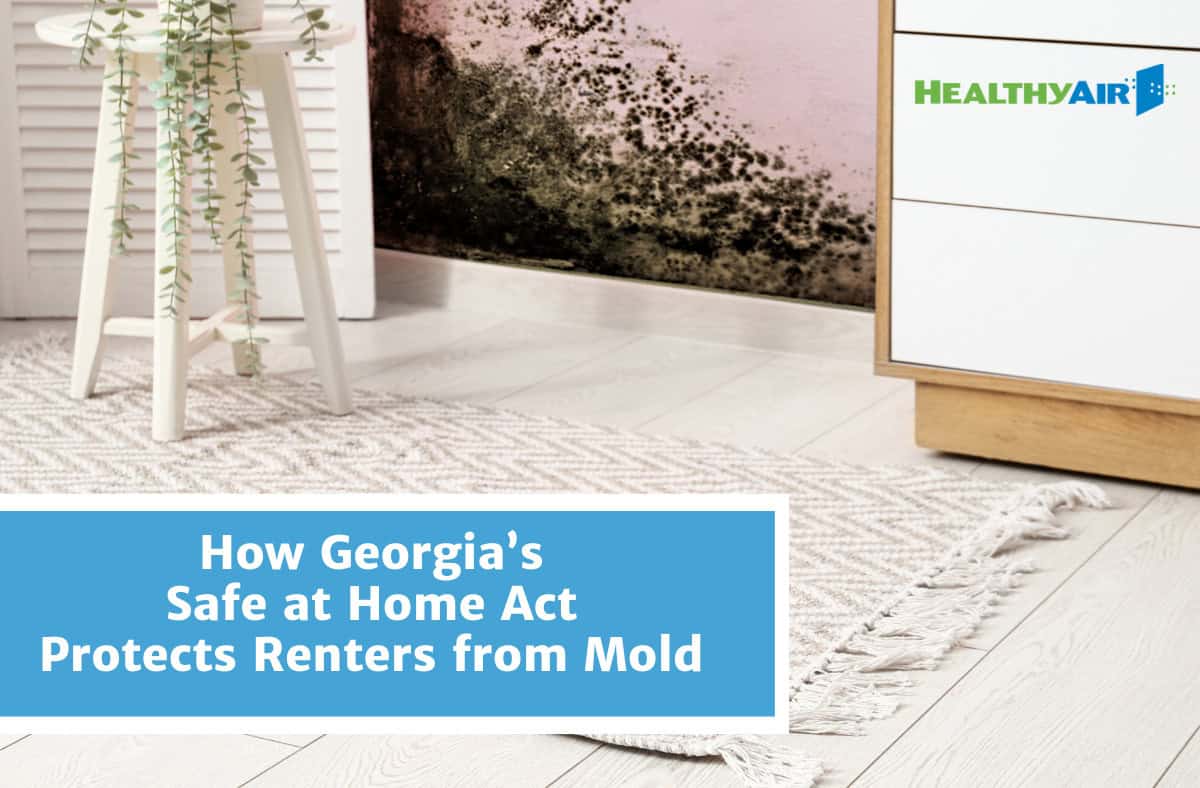How do Mold Spores Spread?

Understanding Mold Spores
The mold you find in your house can be any one of the many indoor fungi that grow on various surfaces. It grows from spores that thrive in damp environments. The warm moisture of a bathroom or kitchen is ideal. Have you ever wondered how mold spores spread?
Where Mold Spores Come From
You may not see the fungi around you, but they are everywhere. The spores themselves float through the air and in the wind. Due to their diminutive sizes, you cannot see them. When you walk through a park, they surround you. If you visit someone’s home where there is mold growing in the shower, you may pick up some spores along the way.
Spores Spread as Hitchhikers
As the fungi release their spores, they ride the air currents. These spread them far beyond their areas of origin. However, there are other ways for spores to move from one place to another. When you walk your dog, it may brush up against mold and pick up some spores. Spores may also land on your coat or pants. You then bring the spores into the home.
What Happens after Spores Spread to Your Home
The spores look for warm, moist environments to thrive in. If they find such surfaces, they begin to grow new fungi. It starts with the hyphae, which are equivalent to the roots of standard plants. They let the molds absorb nutrients for growth. Concurrently, hyphae support the spread of mold across large surfaces.
How Do I Keep Mold Spores out of My Home?
It is impossible to prevent mold spores from entering your home. Therefore, it is vital to take steps that make your environment as inhospitable for their growth as possible.
- Fix roof leaks. If water is entering your home, it can cause damage to insulation, wood, and other building materials. Take care of these leaks as soon as you notice them. Savvy homeowners routinely check their attics for water damage.
- Install outdoor drainage. Help water to drain away from the house. Clean gutters are instrumental in making this happen.
- Use dehumidifiers. Laundry rooms, basements, and bathrooms could benefit from the use of dehumidifiers. They lessen condensation and dampness that steam brings to the area.
You do not have to stop there. Check common problem areas for mold growth. Examples include the corners of windows where moisture and condensation create an ideal environment for growth. The interiors of shower stalls and the backsides of shower curtains also offer favorable growth environments. Remember to inspect the area around the air conditioner, too.
How to Handle Mold Spores and Mold Remediation
You might have picked up spores from a neighbor’s house. Your dog could have brought them in from the outside. Then again, you may have a small patch growing in a bathroom, and your air conditioner now spreads spores around the house. Maintaining a healthy indoor environment is possible with professional help. Healthy Air USA sends out professionals who check for mold, test it, remove it, and prevent any further spread. Contact us today to schedule an appointment.



